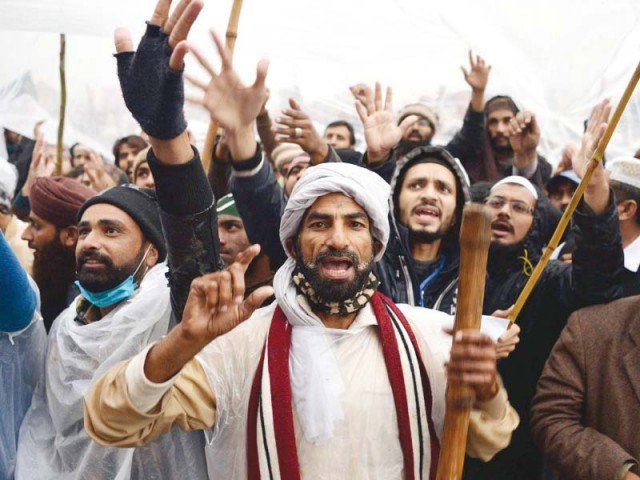
NAP is the most thorough policy documents on counterterrorism and counter-extremism in Pakistan. It provides a road map to negotiate with the perpetrators of terrorism and radicalism as well as the factors of multidimensional terrorism and extremism in the country.
It has always been difficult to act upon the 20 points of NAP simultaneously but it has never been impossible to do so. Against this backdrop there is a need to reassess NAP and identify the key challenges to its implementation. An underlying point of NAP was to inhibit the functioning of armed militias in the country. Despite significant successes by the state security agencies in this regard a lot still needs to be done as several non-state armed groups continue to function with impunity.
NAP envisaged strengthening and activation of the Nation Counter-Terrorism Authority (NACTA), which was given the mandate of carrying out research and analysis functions to counter terrorism in Pakistan. Resultantly, the body must have the capacity to meet its mandate. This capacity could have been built had experts and genuine analysts and officials, having practical experience of countering extremism and terrorism, have been made part of the organisation’s core team. Thus capacity of NACTA could not be built primarily due to vested interests of certain individuals. Moreover, government officials concerned have been trying to fashion NACTA after conventional Pakistani government institutions. However, counter-terrorism and counter-extremism in the cyber and information age is an entirely new and comprehensive concept and needs out-of-the box planning and state response.
Noticeably, implementing the NAP’s point regarding preventing and countering hate speech and extremist material leaves a lot to be desired. Lack of commitment has hindered indiscriminate implementation of this point of NAP. NAP also included choking financial sources for terrorist and extremist organisations. The Hundi and Hawala business, the unofficial and illegal method of transaction of money from foreign countries to Pakistan and through which extremists and terrorists have been getting their financial succor, has been as thriving as ever. One has observed that in Khyber-Pakhtunkhwa and Balochistan, the worst-hit provinces due to terrorism, most of the Hundi and Hawala businesses are done by Afghans. As extremist and terrorist organisations have established huge businesses and plazas, the intelligence agencies need to identify them and their ownership must be taken over by the government
The NAP’s provision regarding formation and deployment of a dedicated counterterrorism force has largely been implemented but a lot still needs to be done in this regard. There does not seem any worthwhile enforcement on the NAP point proscribing all sources of unofficial fatwas (Muslim edicts) and revamping the government-funded arrangement of district and provincial muftis and khateebs.
A critically important aspect of NAP was the registration and regulation of madrassas. Authorities have largely been unable to regulate and register madrassas. Blackmailing by religio-political parties has been a key obstacle in this regard. These parties wrongly argue that madrassas have never been involved in terrorism in Pakistan, which is outright incorrect; whereas the extremist mindset these schools prepare has been instrumental in making terrorists and legitimising terrorism in the name of Islam. Having said this, mainstream or secular religious institutions of Pakistan have equally been involved in extremism and terrorism in the country but there seems no strategy to address the issue.
The NAP point regarding formulation of a comprehensive strategy to deal with the issue of Afghan refugees, beginning with registration of all unregistered illegal refugees, was extremely significant. However, lack of a clear policy in this regard prevented implementing the point.
There are several other points of NAP which need profound and immediate attention. Unless all the NAP points are implemented in letter and in spirit, terrorist and extremist organisations would continue to resurface and carry out their loathsome activities.
Published in The Express Tribune, December 10th, 2017.
Like Opinion & Editorial on Facebook, follow @ETOpEd on Twitter to receive all updates on all our daily pieces.




































COMMENTS
Comments are moderated and generally will be posted if they are on-topic and not abusive.
For more information, please see our Comments FAQ